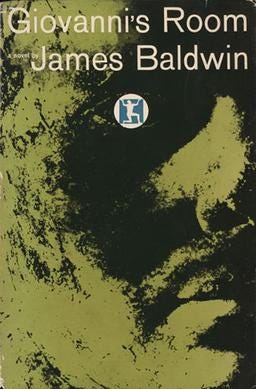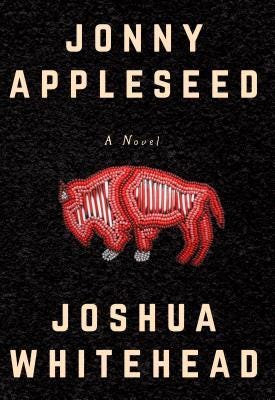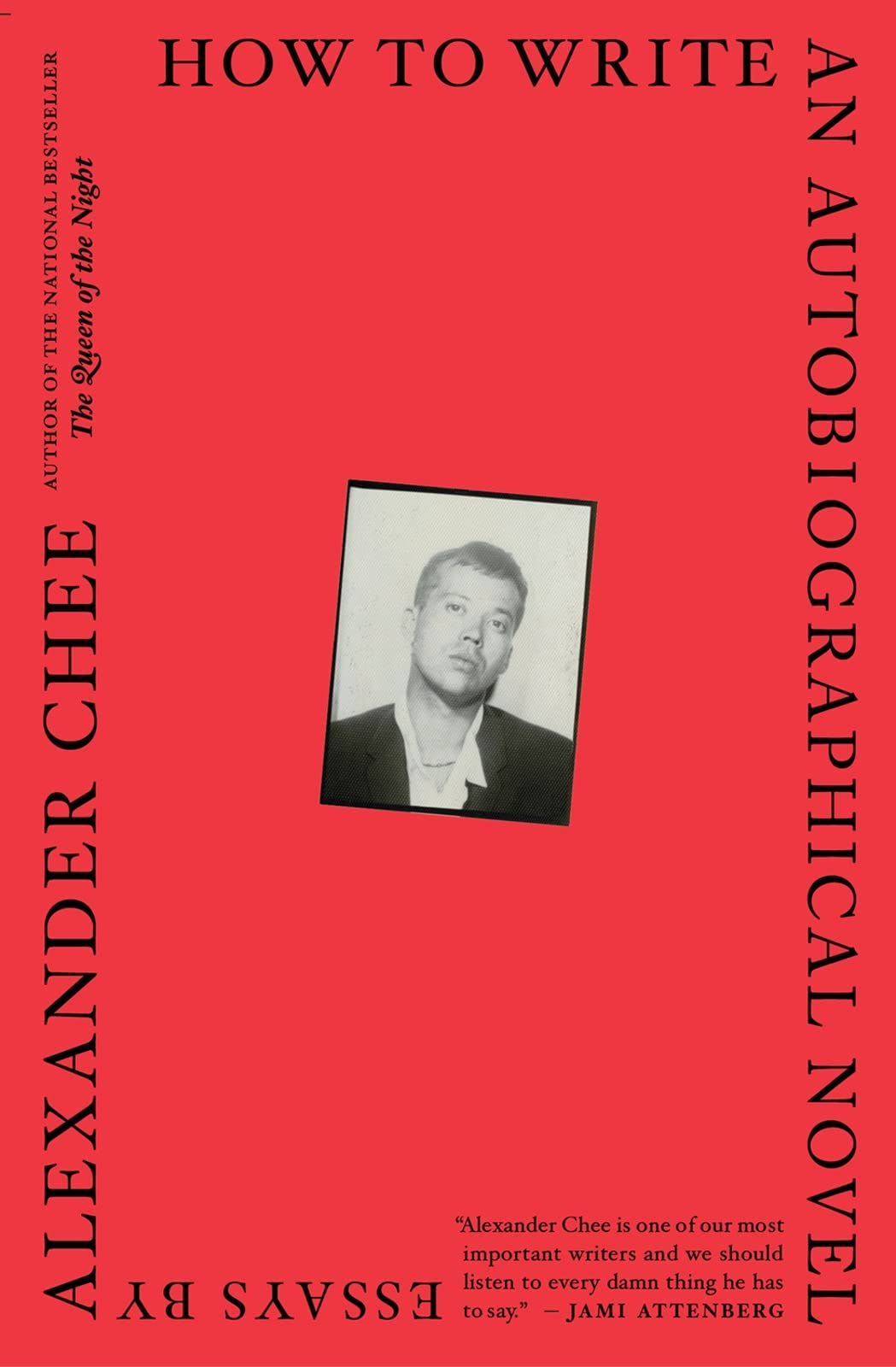Queer books are near and dear to my heart, not only in June but all year round. Reading books by LGBTQ+ writers across history has been (what?!) fundamental to how I think about queerness, both personally and politically.
From novels set before Stonewall to academic works chasing queer utopia, here are ten essential LGBTQ+ books for Pride Month and beyond, listed in order of publication.
The Price of Salt by Patricia Highsmith (1952)
Although it was published 70 years ago, Patricia Highsmith’s The Price of Salt feels incredibly contemporary, not only in subject matter but in style. Republished in the ‘90s as Carol, the novel takes on the romance between shop girl Therese Belivet and older socialite Carol Aird. The book, Highsmith’s second, was published under the pseudonym Claire Morgan, as her publishers feared that a lesbian romance novel would tank her literary career.
The winter setting lends an icy tone to Therese and Carol’s relationship and the novel as a whole. The prose is clean and modern, giving the story an atmospheric tone. While other lesbian pulp fiction at the time often ended with the characters dying tragically, The Price of Salt has a happy ending, which was unprecedented for the time.
Giovanni’s Room by James Baldwin (1956)
Although The Price of Salt ends on a positive note, it’s clear from the beginning of James Baldwin’s Giovanni’s Room that it certainly will not. The story explores a love triangle between David, an American man visiting Paris, Giovanni, an Italian man who David meets at a gay bar, and Hella, David’s fiancé. The novel is outstanding for its depiction of masculinity, bisexuality and social alienation, and is considered one of the greatest LGBTQ+ novels of all time.
Although Baldwin was best known at the time for his novel Go Tell It On The Mountain, which focused on Black family living in Harlem, the main character of Giovanni’s Room is white. His publisher at the time was outraged by this, saying that a novel about a gay white man would alienate Baldwin’s audience, and even suggested that he burn the manuscript. However, Baldwin stated that “there was no room” for a book about a queer, Black character at the time due to the overtly racist and homophobic political climate of the 1950s.
Sister Outsider: Essays and Speeches by Audre Lorde (1984)
Sister Outsider is a collection of essays and speeches by American poet and activist Audre Lorde, whose works and ideas have been highly influential to both mainstream feminism and academic feminist theory. The fifteen essays explore racism, sexism and homophobia in both mainstream culture and liberation movements.
It’s a short book worth taking your time with, as Lorde’s writing style is poetic and her political ideas remain visionary today. Essays like “The Master’s Tools Will Never Dismantle the Master’s House” and “Use of the Erotic: The Erotic as Power” are foundational to understanding the interlocking factors of oppression and how to subvert them. It’s essential reading for anyone interested in expanding their understanding of power, identity and freedom.
Stone Butch Blues by Leslie Feinberg (1993)
Leslie Feinberg’s Stone Butch Blues is one of the most celebrated queer novels of all time, with many people (myself included) citing it as a personal favourite. Published in the early ‘90s, the novel follows Jess Goldberg, a young butch lesbian living before Stonewall and into the HIV/AIDS epidemic, with Jess later taking testosterone and getting chest reconstruction surgery. It’s a thought-provoking read that considers the power and limits of how we label gender and sexuality.
The novel also takes on anti-capitalism and unions, causes that were extremely important to activist Feinberg’s heart. But more than that, Stone Butch Blues emphasizes solidarity amongst marginalized people and the importance of chosen family in a way that feels extremely sincere. Reading the relationships between characters in the novel reminded me so much of my own friends, which was a really special feeling to get from a book.
Cruising Utopia by José Esteban Muñoz (2009)
Cruising Utopia took me three months to read and more than half of it went over my head, but I’ve never read a more rewarding academic book in my life. Written by José Esteban Muñoz, a prominent Cuban-American scholar who worked in performance studies and critical theory, the book hypothesizes that a queer utopia can be found by engaging with queer art in a way that connects us to the past, present and future.
Drawing on the work of German Marxist philosopher Ernst Bloch, Muñoz engages his hypothesis with the work of queer artists like Frank O’Hara, Andy Warhol and Samuel Delany. Although it’s an extremely challenging read, the queering of time and space through the avenue of art is a beautiful and resonant idea that I continue to think about years after first coming across it.
Nevada by Imogen Binnie (2013)
Imogen Binnie’s Nevada is a punk rock road trip told from the point-of-view of Maria, a trans woman nearing 30 who decides to implode her life on a whim. This decision leads her to stumble across James, a young teen working at a Wal-Mart in Nevada, whom Maria takes under her wing. I love the two-part structure of the novel, as well as the down-to-earth prose and ambiguous open ending.
Binnie has a way of making the nuances of punk politics, queerness, feminism, disassociation, having a shitty retail job and depression extremely funny, even when they don't feel that way while you're living through them. The novel is celebrated as a forerunner in contemporary trans fiction, particularly that written by trans women, and was recently re-released with a new afterword.
Jonny Appleseed by Joshua Whitehead (2018)
Released only four years ago, Joshua Whitehead’s Jonny Appleseed has exploded in the mainstream Canadian literary world after winning Canada Reads last year. The novel follows a week in the life of Jonny, a Two-Spirit, Indigiqueer person, who must return to the reservation he grew up on for his stepfather’s funeral.
Told in a non-linear fashion, the most beautiful parts of Jonny Appleseed are the relationships it describes. Jonny is connected with his mom, his kokum and his lovers in a way that’s tender even when it’s heartbreaking. Like a lot of queer literature, it’s sad, but in a cathartic way. It’s great to see this novel getting its flowers in the present!
How to Write an Autobiographical Novel by Alexander Chee (2018)
Alexander Chee’s How to Write An Autobiographical Novel might just be my favourite essay collection of all time. This collection follows Chee’s life growing up as a gay, Korean-American man during the HIV/AIDS crisis and his pursuit of the writing life in-between day jobs as a cater-waiter and tarot card reader.
The beauty of Chee’s writing in these essays is pretty much unparalleled. No matter the topic at hand, Chee’s elegant prose is thoughtful and deep, and the collection as a whole is a stunning achievement from a literary queer elder.
In The Dream House by Carmen Maria Machado (2019)
Another incredible nonfiction read is Carmen Maria Machado’s In The Dream House. While many queer memoirs take on the same narrative beats, this one subverts those expectations entirely. Structured around tropes in fairy tales and horror, the memoir details Machado’s account of being in an abusive same-sex relationship.
While the subject matter is quite heavy, the book is nearly impossible to put down in spite of this. The experimental form and style are remarkable and highly readable. It’s also an essential read for what it adds to larger conversations about domestic violence and abuse in queer relationships, a subject that has been overlooked in both the mainstream and underground alike.
Little Blue Encyclopedia (For Vivian) by Hazel Jane Plante (2019)
Combining culture writing and fiction, Little Blue Encyclopedia (For Vivian) is a hybrid, experimental novel with trans love at its core. Written in the form of an encyclopedia about a fictional TV show called Little Blue, the book takes on the friendship between two trans women, Zelda and Vivian, with Zelda writing the text after Vivian’s death.
It’s a unique and incredibly smart novel, structured unlike almost anything else in fiction. I love the way Plante writes about pop culture both real and imagined, as well as how it becomes the lens through which both characters see the world. More than that, the novel is a beautiful meditation on grief and learning how to keep moving on with life after experiencing loss.
Thanks for reading! Enjoyed this newsletter? If it’s within your financial means, consider tipping me.
Support my writing for free by subscribing, liking, commenting and sharing this newsletter with a friend who might enjoy it.
Find me on Goodreads, Letterboxd, Twitter, and Instagram.














